Deck & Commander Strategies
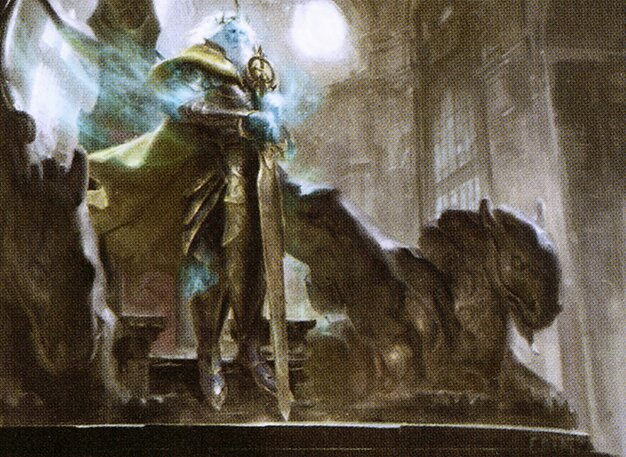
Brago, King Eternal
Control and tax opponents’ resources with enchantments like Kismet, then use flicker effects to repeatedly gain value and maintain board presence. The deck aims to stabilize the game and win through incremental advantage and disruption.
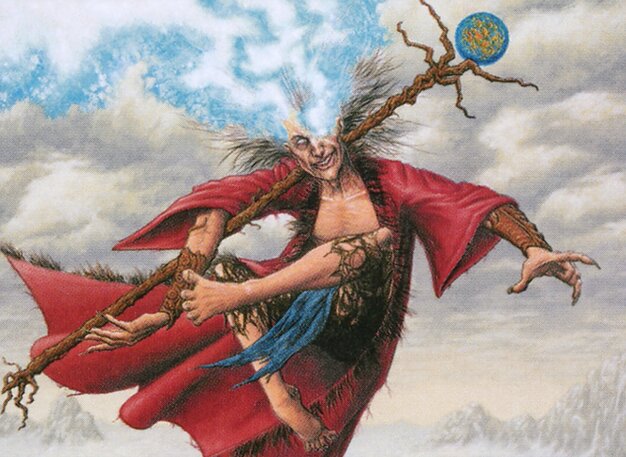
Zur the Enchanter
Execute a fast combo by casting Doomsday to assemble a Laboratory Maniac win pile, leveraging fast mana and windfall to refuel and dig deep. The deck aims to win quickly by drawing out the deck with precise tutoring and card advantage.
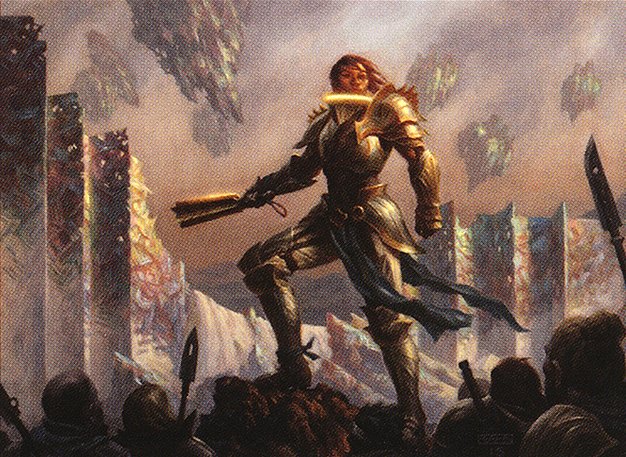
General Tazri
Use Food Chain to generate infinite creature mana by casting and sacrificing allies repeatedly, then win by casting powerful allies with many enter-the-battlefield triggers. The deck combines tutors, mana acceleration, and combo pieces for a quick and resilient finish.
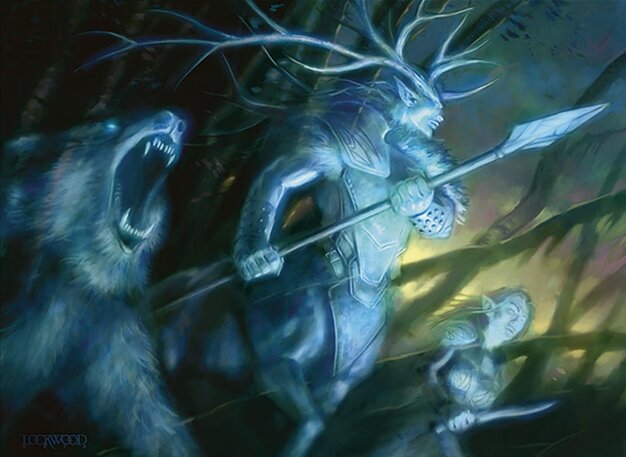
Karador, Ghost Chieftain
Play a midrange hatebear and combo deck that uses Boonweaver and Pattern of Rebirth with a sacrifice outlet to generate infinite value and combo finishes. The deck aims to stall opponents with disruption and then combo off efficiently once set up.
Gameplay Insights
- 1
Zur’s early Windfall was a critical disruption that forced Karador and others to discard and reshaped the early game tempo.
- 2
Brago’s use of flicker effects on mana rocks allowed maintaining mana for interaction, enabling control elements to remain active while taxing opponents.
- 3
Tazri’s hand disruption from Windfall slowed down his combo plan, demonstrating the vulnerability of Food Chain decks to hand disruption despite strong opening hands.
- 4
Karador’s reliance on key combo pieces like Pattern of Rebirth and Boonweaver meant that early disruption could delay the midrange combo setup but drawing into interaction helped stabilize the board.
- 5
Multiple players used tutors aggressively to find combo pieces or disruption spells, reflecting the high-precision nature of competitive EDH gameplay.
Notable Cards
-
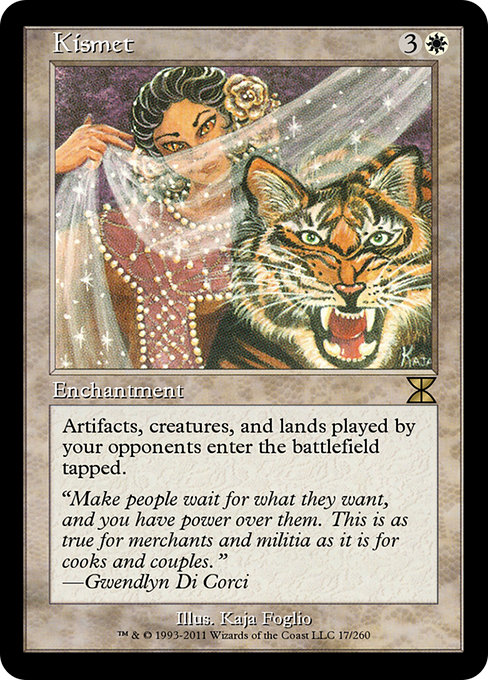
Kismet
-
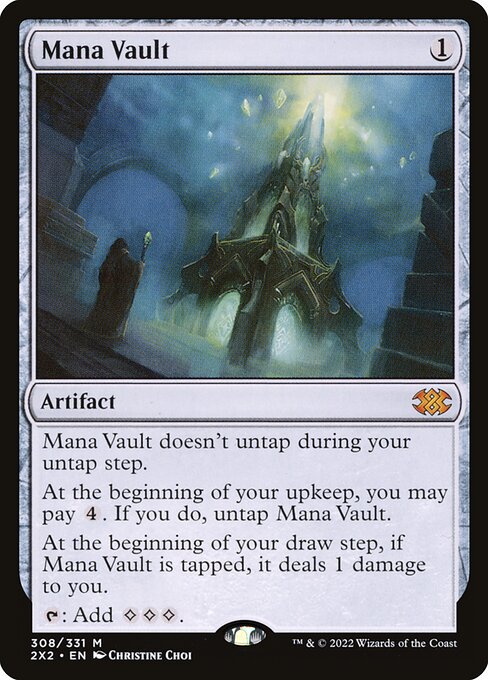
Mana Vault
-
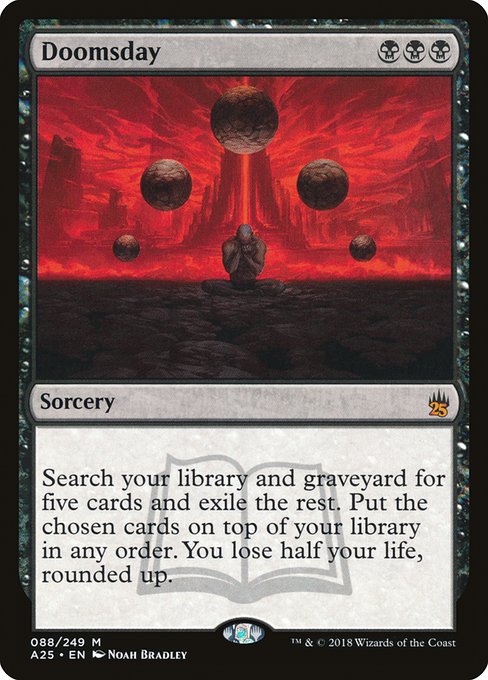
Doomsday
-
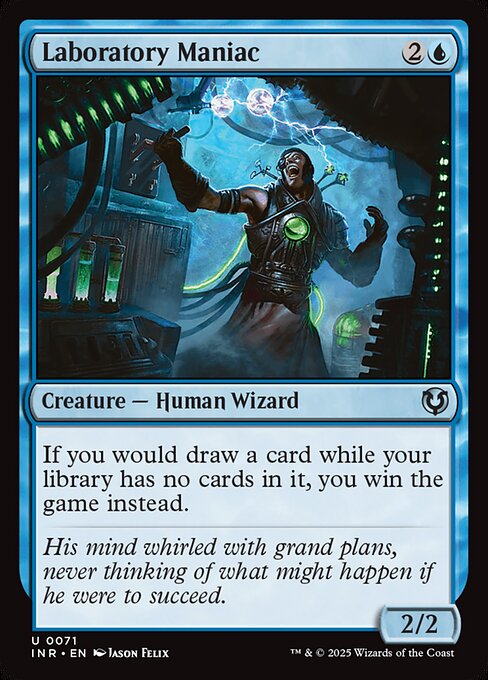
Laboratory Maniac
-
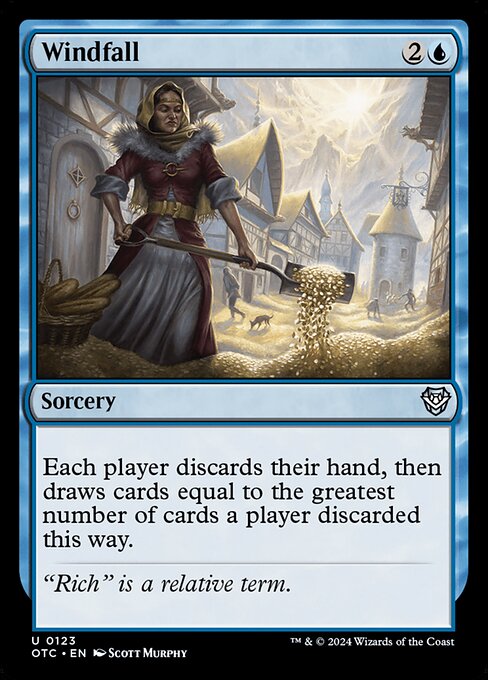
Windfall
-

Food Chain
-
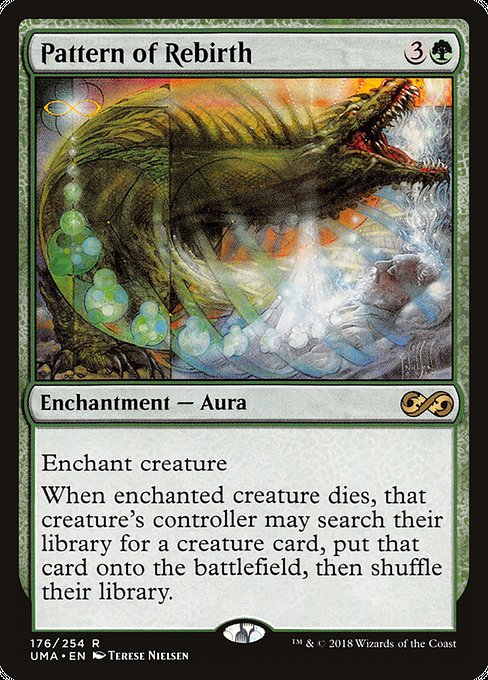
Pattern of Rebirth
-
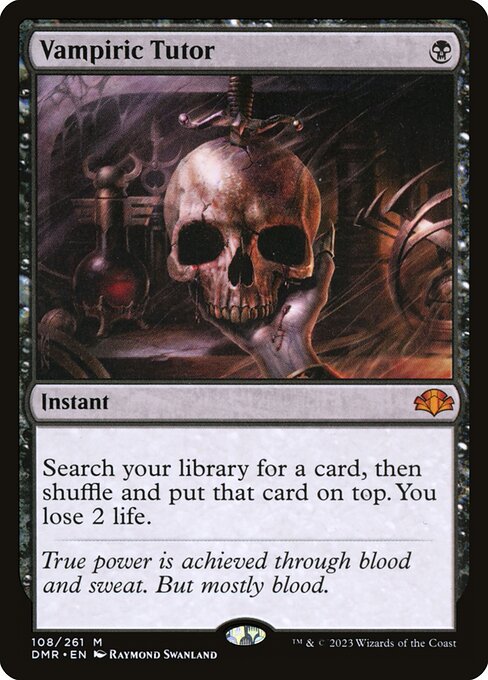
Vampiric Tutor
-
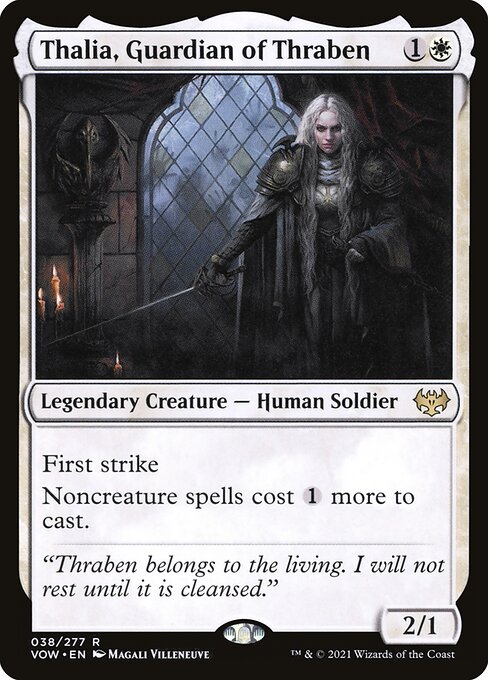
Thalia, Guardian of Thraben
-

Chrome Mox
Gameplay Summary
The game began with each player setting up their strategy according to their chosen commanders.
Brago focused on deploying tax and control elements early, aiming to disrupt opponents and leverage flicker effects for incremental advantage.
Zur played a classic Doomsday combo deck, quickly assembling fast mana sources and setting up for a turn-one Doomsday and Windfall to refuel and dig for a Laboratory Maniac win.
Tazri’s Food Chain deck sought to establish infinite creature mana by casting and sacrificing key allies in combination with Food Chain, aiming for a quick combo finish.
Karador played a midrange Boonweaver build, relying on hatebears and disruption to stall the game and then combo off using Boonweaver, Pattern of Rebirth, and a free sacrifice outlet for a resilient combo finish. Early turns saw Zur’s explosive mana ramp and windfall disrupting other players’ hands, slowing down Karador’s start.
Brago successfully deployed early tax effects like Kismet to hamper opponents while leveraging flicker targets for value.
Tazri had a strong opening hand with tutors and mana acceleration but was disrupted by Zur’s Windfall, leaving him with a less ideal hand.
Karador struggled initially but drew into key combo pieces and interaction, preparing for a midgame combo attempt.
Key interactions included Brago flickering mana rocks to maintain mana for interaction and control, and Zur tutoring for win conditions while protecting his combo with counterspells.
The game featured multiple layers of disruption and interaction as players jockeyed for position, with the combo decks aiming to assemble their infinite mana or draw engines for a lethal win.
The pivotal moments revolved around Zur’s early windfall, Brago’s taxing and flicker control, and Tazri’s attempts to combo off despite hand disruption.




















![Commander VS S1E4: Prossh vs Derevi vs Karador vs Scion [MTG Multiplayer] thumbnail](https://i.ytimg.com/vi/qKq_zjLSJU8/sddefault.jpg)





![Commander VS S5E5: ??? vs ??? vs ??? vs ??? [MtG Multiplayer] thumbnail](https://i.ytimg.com/vi/IoN5gMmHpbg/sddefault.jpg)
![Commander Vs S2E3: Ayli vs Kozilek vs Tazri vs Mina and Denn [MtG: Multiplayer] thumbnail](https://i.ytimg.com/vi/bGHd9YWbpCM/sddefault.jpg)





![Commander VS S14E6: Depala vs Zur vs Tasigur vs Jeleva [EDH] thumbnail](https://i.ytimg.com/vi/5ukCL9oaRww/sddefault.jpg)
![Commander VS S7E3: Jenara vs Brago vs Dromar vs Mirko Vosk [MTG] thumbnail](https://i.ytimg.com/vi/MqPViviZW8Q/sddefault.jpg)

![Commander Versus Series: Titania (Justin Parnell) Vs. Brago (Stephen Green) [Magic: the Gathering] thumbnail](https://i.ytimg.com/vi/774QWaabQUE/sddefault.jpg)



